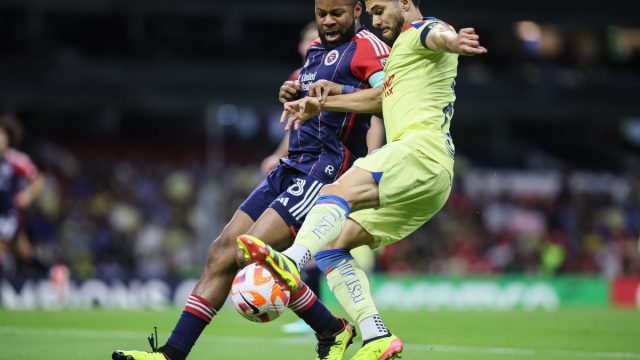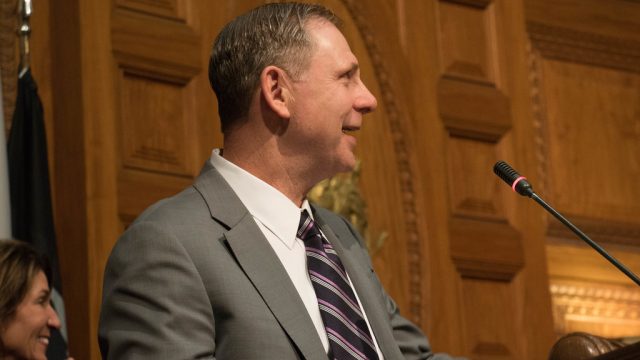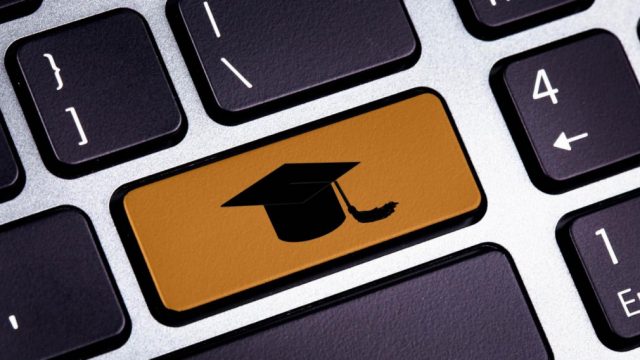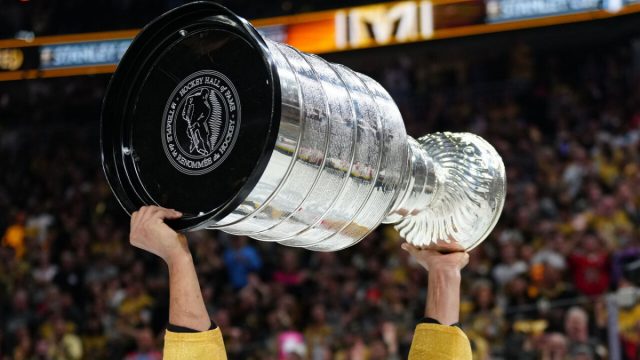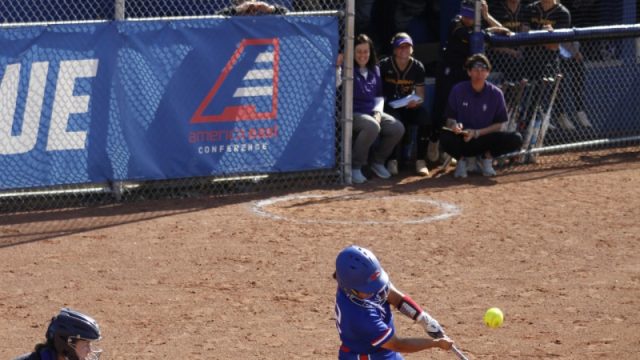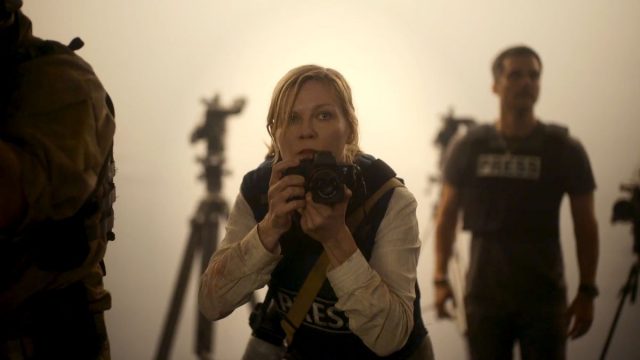(Photo of the Boston Globe) “New England Revolution player fight for ball.”
Nicholas Ewing
Connector Editor
In their second matchup against Club América on Tuesday, April 9, the New England Revolution was eliminated in the 2024 CONCACAF Champions League. The Revolution climbed their way to the quarterfinals for the second time in three years, then lost 9-2 goals in aggregate in two matchups against América. CONCACAF is North America’s version of Europe’s Champions League, in which the top 27 best clubs in North America, Central America and the Caribbean compete.
In February, the Revolution defeated Club Atletico Independiente from Panama 4-0 in aggregate. The Revolution had a clean sheet in both matchups, having scored 1-0 in their first matchup and 3-0 in their second matchup. In March, the Revolution defeated Alajuelense of Costa Rica 5-1 in aggregate. The Revolution scored 4-0 in their first matchup and both teams tied 1-1 in their second matchup.
Club América won the tournament seven times, last winning it in 2016. Had Revolution defeated América, then the Revolution would have made its first appearance in the semi-finals. At Gillette Stadium, the New England Revolution faced off against Club América on Tuesday, April 2. The Revolution took a beating in their own home as América won 4-0. The Forward for América, Henry Martín, scored the first goal in the pairing at 16’. Forward Alejandro Zendejas scored at 24’ and the defensive back Cristian Calderón scored at 64’. The final goal of the game had gone to América when Mid-fielder Brian Rodríguez scored at 90+1’. It was a disappointing night in Foxborough as the home team left the game with no goals. In the next matchup, the Revolution would need to score more than four goals to qualify for the semi-finals, but América would not let that be.
The second matchup in this pairing was at Estadio Azteca in Mexico City on Tuesday, April 9. The Revolution lost to América 5-2. The Mid-fielder for América, Diego Valdés, scored at 21’, followed by three more goals by his teammates; Julián Quiñones at 34’, Henry Martín at 45+3’, Alejandro Zendejas at 57’ and Brian Rodríguez at 76’. Knowing the game had already been lost and there was no way for the Revolution to overcome an 8-goal deficit in aggregate, they played on. Finally, Giacomo Vrioni scored the Revolution’s first goal in the pairing and in this game at 65’. Vrioni followed up on his own goal by scoring again at 90+2’.
It was exciting for soccer fans from New England to watch the Revolution progress so far in CONCACAF. They made a surprise entry in the tournament back in September and defeated the top teams in the continent. However, Club América put the New England Revolution to shame in two games of the quarterfinals proving their dominance. The head coach of the Revolution said in a post-game interview with the media that Club América was one of the best teams he had ever faced in his career. While coaching for other MLS teams, he commented how good the Mexican clubs are, but América was on another level.
Club América will play against CF Pachuca in the Semi-finals starting their first of two matchups on April 23. The New England Revolution may be eliminated from CONCACAF, but they are still in the middle of the MLS regular season. Last Saturday, April 6, the Revolution defeated Charlotte 1-0. Their next three regular season matchups are on April 13 against New York City, April 20 against Toronto and the much anticipated Inter-Miami matchup on April 27. The game against Miami will feature the Argentine World Cup champion Lionel Messi and his two former Barcelona teammates Sergio Busquets and Luis Suárez.

